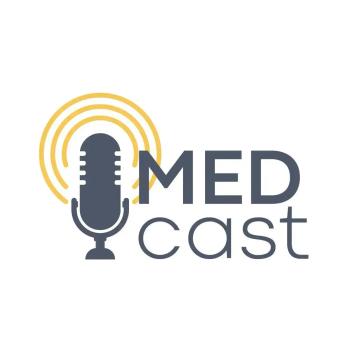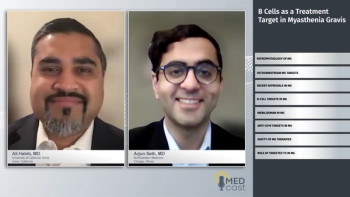
PODCAST: Narcolepsy: From Diagnosis to Treatment—Insights From the Front Lines
Panelists discuss the clinical presentation, diagnostic approaches, and treatment considerations for narcolepsy, offering practical insights to guide health care professionals new to its diagnosis and management.
Narcolepsy is a chronic neurological disorder that disrupts the brain’s regulation of the sleep-wake cycle. It is primarily caused by the loss or dysfunction of hypothalamic neurons that produce hypocretin (orexin), a neurotransmitter essential for maintaining wakefulness and regulating REM sleep. In type 1 narcolepsy, this hypocretin deficiency is accompanied by cataplexy—sudden muscle weakness triggered by strong emotions. Type 2 narcolepsy, in contrast, lacks cataplexy and often shows normal hypocretin levels, though patients still experience excessive daytime sleepiness. Both forms are marked by dysregulated transitions into REM sleep, which can occur rapidly and inappropriately during wakefulness.
Clinical symptoms vary in severity. Mild cases may involve occasional drowsiness, while moderate to severe cases may include frequent episodes of sleep attacks, cataplexy, sleep paralysis, and hypnagogic or hypnopompic hallucinations. Diagnosis relies on overnight polysomnography to rule out other sleep disorders, followed by a multiple sleep latency test, which evaluates how quickly a person falls asleep and enters REM sleep during the day. Differentiating narcolepsy from other conditions such as sleep apnea, insomnia, or REM sleep behavior disorder requires a careful review of clinical history, symptom patterns, and objective sleep testing. Comorbid psychiatric or behavioral conditions can mask or mimic narcolepsy, necessitating a nuanced, multidisciplinary diagnostic approach.
Treatment is often multimodal. While stimulants and wake-promoting agents such as modafinil remain first-line therapies, nonstimulant options such as sodium oxybate, selective serotonin-norepinephrine reuptake inhibitors, or pitolisant—a histamine H3 receptor inverse agonist—offer alternatives, particularly for managing cataplexy and improving wakefulness with fewer cardiovascular risks. Assessing treatment response involves tracking subjective improvements in alertness, frequency of cataplexy, and safety concerns such as driving. Reevaluation typically occurs every few months. Clinicians should remain vigilant for adverse effects or breakthrough symptoms and adjust therapy accordingly. For those new to managing narcolepsy, collaboration with sleep specialists, thorough education, and empathetic care are essential to support patients facing significant lifestyle and psychosocial challenges.
Newsletter
Keep your finger on the pulse of neurology—subscribe to NeurologyLive for expert interviews, new data, and breakthrough treatment updates.

































